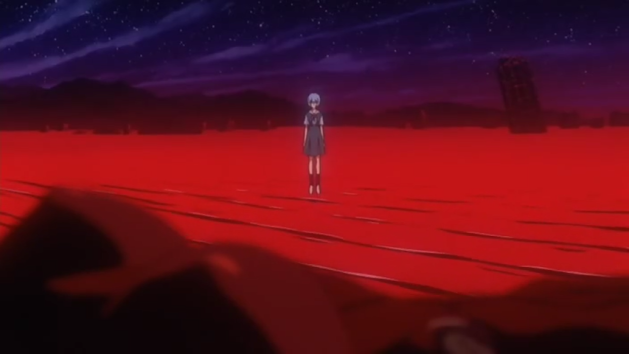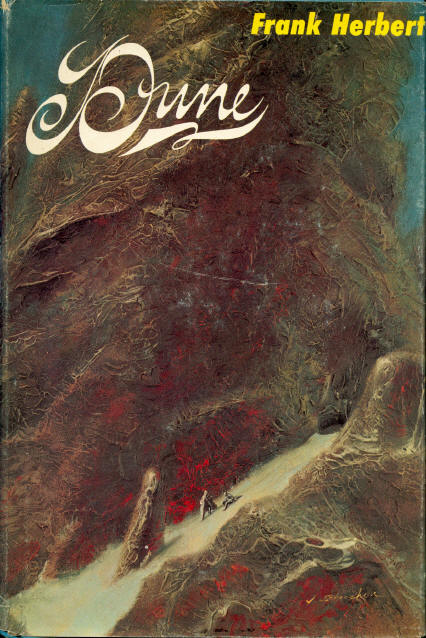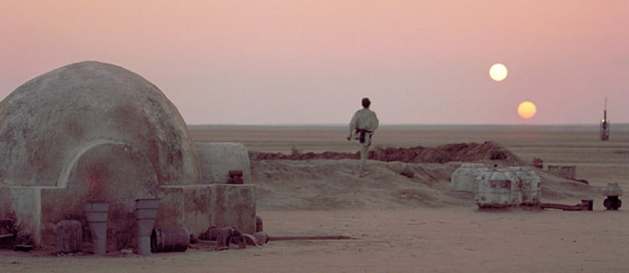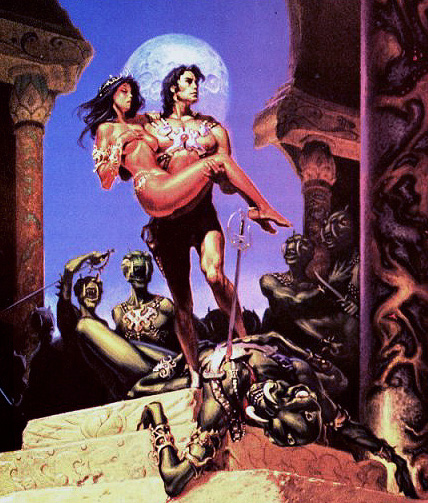I finally got around to watching Andrei Tarkovsky’s 1972 Solaris. I enjoy “deliberate” movies — Barry Lyndon is one of my favorites — so I was not bothered by the slow pace, but most viewers will be. The only part of the movie I’d ever specifically heard of — a digressive scene of Tokyo traffic which length Tarkovsky may have intended solely to justify the Motherland’s expenses in sending his crew to Japan — was a little awkward but the rest of the movie was sublime. Lem’s complaints about the adaptation are unwarranted; the director simply had a different vision in a different medium. Imagine Clarke griping about Kubrick’s film (although Lem’s novel is superior to Clarke’s 2001).
Category: Classic

The alien ocean in Solaris remains beyond human understanding at the end of the novel. The ending of Neon Genesis Evangelion is also beyond understanding; this is not a coincidence.

Like many SF readers, I’ve read HP Lovecraft’s short fiction. Like many Lovecraft readers, I’m fascinated by his grasping portrayals of cosmic beings beyond the ken of man’s understanding but still left a bit wanting by his various idiosyncrasies, stylistic and otherwise. Fortunately, Lovecraft isn’t the last word on unknowable alien beings; for my part, I’ve found the Polish writer Stanislaw Lem to exceed Lovecraft in their portrayal.
I’ve read several of Lem’s books, but two of them in particular concern the subject under discussion: His Master’s Voice (1968) and Solaris (1961). In His Master’s Voice, government scientists attempt to decode a message from a distant star. In Solaris, a living ocean on another planet causes strange phenomena aboard a research station.
With word that Denis Villeneuve is working on a new Dune movie, I thought I’d revisit Frank Herbert’s 1965 book. I’ve read all six of the sequels as well, and read enough about the Brian Herbert/Kevin J. Anderson-authored postmortem books not to read them. For this post however, I’ll try to stick to the original.

The first-edition cover, with a “dark desert” motif



